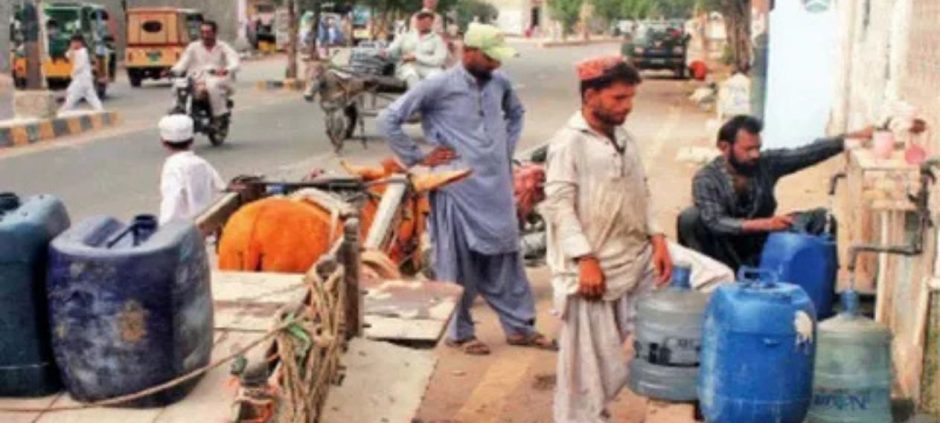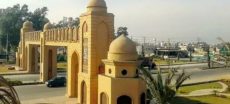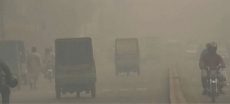Karachi water disruption has left thousands of residents struggling as the city’s supply to three major districts has been suspended for 48 hours. The shutdown, announced by the Karachi Water and Sewerage Corporation (KWSC), began early Friday due to emergency maintenance work on a key water line.
According to officials, repair work is being carried out on the Dhabeji pumping station, one of Karachi’s main water sources, which developed a major fault. As a result, supply to the South, East, and Malir districts has been completely halted. Residents in several areas reported dry taps by Friday afternoon, sparking frustration amid rising temperatures.
The Karachi water disruption has affected both households and businesses, forcing many to rely on private tankers that have already started charging inflated rates. The water supply is expected to resume gradually once the maintenance work concludes, but residents fear that the delay could extend beyond the announced 48 hours.
The issue also highlights Pakistan’s growing urban water challenges. According to a recent report, Lahore is facing a severe contamination crisis that has raised health concerns across the city. Authorities warned that negligence in water management could lead to widespread public health risks.
As Karachi experiences another water supply crisis, experts stress the urgent need for infrastructure upgrades and better monitoring systems to prevent recurring breakdowns. Citizens have voiced their anger on social media, calling for long-term solutions rather than temporary fixes.
Local administration officials urged people to store water and use it responsibly until the normal water supply is restored. They also confirmed that work is being monitored around the clock to restore the system as soon as possible.
The Karachi water disruption once again exposes the fragility of the city’s aging pipelines and pumping infrastructure. With recurring faults and increasing demand, the city’s water crisis has become more than just a technical issue; it’s now a matter of public resilience and urban survival.











